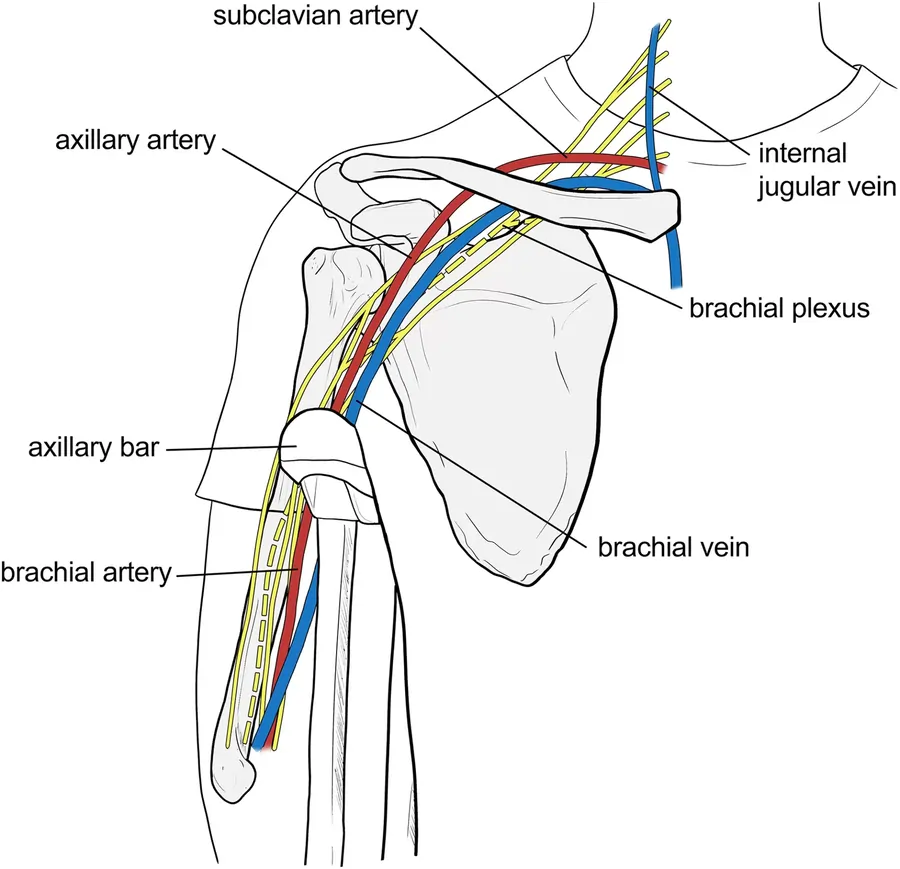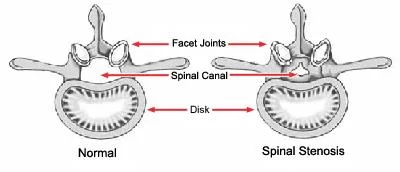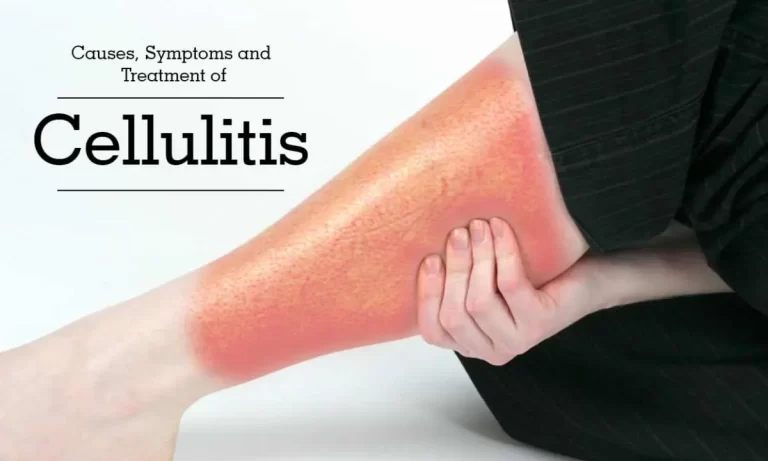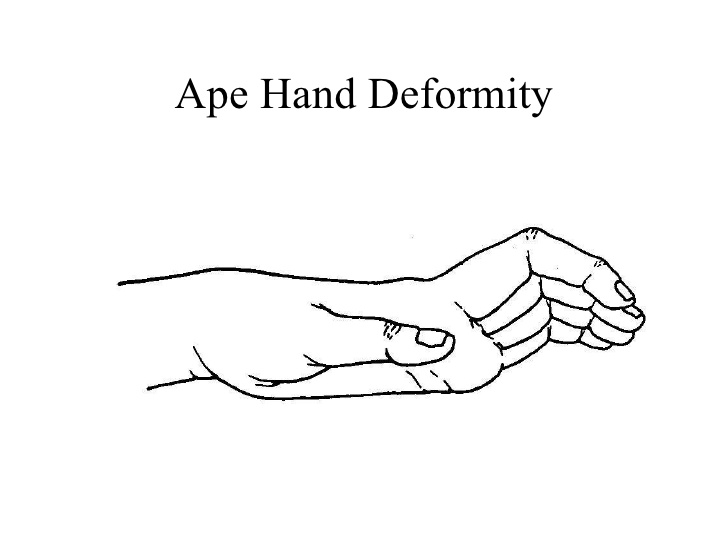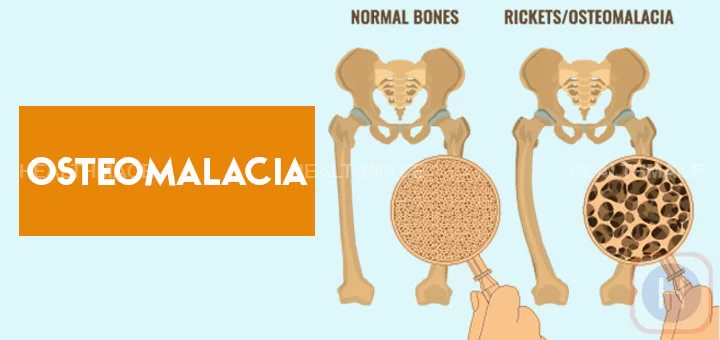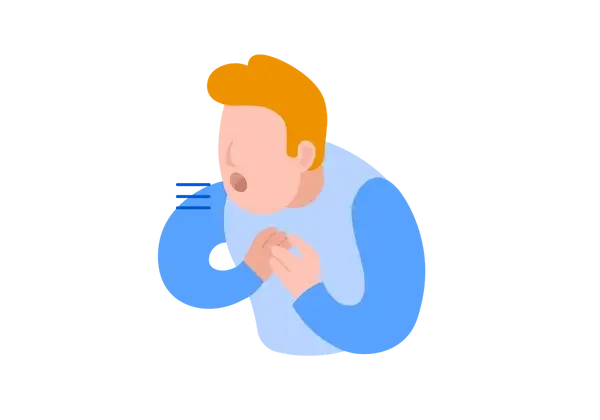Crutch Paralysis
- Crutch paralysis is a type of paralysis that can occur when either the radial nerve or a part of the brachial plexus, which contains nerves that innervate sensory and motor function, is injured to the arm and hand, is below constant pressure, like by the use of a crutch.
- This can conduct in paralysis of the muscles innervated by the compressed nerve. Commonly, crutches that are not adjusted to the right height can cause the radial nerve to be constantly pushed against the humerus. This can cause any muscle that is innervated by the radial nerve to become partly and fully paralyzed. An example of this is wrist drop, in which the fingers, hand, or wrist is chronically in a flexed position because the radial nerve cannot innervate the extensor muscles causing paralysis. This condition, such as other injuries from compressed nerves, normally improves quickly through therapy.
Table of Contents
What is Crutch Paralysis?
- The radial nerve is responsible for sensation and movement along the posterior part of the arm and hand. Injury to this nerve is referred to as crutch paralysis, and the symptoms typically involve loss of sensation along the posterior region of the arm, forearm, and hand.
What causes Crutch Paralysis?
- More usual causes of injury to the radial nerve involve compression from crutches (crutch palsy) or from falling asleep with one arm hanging over a chair (Saturday night palsy). In both cases, the nerve gets compressed or squeezed in the armpit or against the humerus, the upper arm bone. A more serious injury to the radial nerve can occur from humerus fractures.
What are the symptoms of Crutch Paralysis?
- Pain, weakness, and loss of function are the most usual symptoms of radial nerve palsy. Typically, the injured arm will have decreased sensation along the posterior or dorsal part of the arm, forearm, and hand, as well as weakness of the muscles that execute wrist and finger extension. Sometimes, patients with crutch paralysis will have a “wrist drop.”
How can Crutch Paralysis affect children?
- Crutch paralysis can be challenging for children in a similar way it can harm adults. The long-term consequences in children can conduct in bone and joint deformities.
What are Crutch Paralysis treatments?
- Mild cases of crutch paralysis may resolve with therapy alone. Therapy for crutch paralysis includes specialized splints and range of motion (ROM) exercises to cure permanent joint deformities from developing. More serious cases —that do not demonstrate improvement within the 1st few weeks after the injury— require further evaluation, which may involve nerve conduction studies (NCS) and electromyography and/or specialized nerve imaging.
- Crutch paralysis is primarily focused on physical rehabilitation; a soft wrist splint that supports the wrist extended during physical therapy. Nevertheless, it is essential that one allows for a passive range of motion (PROM) of the affected extremity during rehabilitation, which a dynamic splint can provide.
- Supportive care, such as nonsteroidal anti-inflammatory drugs (NSAIDs), systemic corticosteroids, steroid injections, and rest, can be added to the before measures.
- Certain latest therapeutic strategies involve using ultrasound to deliver localized injections to speed recovery.
- If surgery is necessary, the procedure may involve neurolysis (removal of scar tissue around the nerve), and repair or reconstruction of the nerve along with nerve grafts. The timing of decisions for surgery turns on the mechanism and severity of the injury.
- Tendon transfer and extension treatments are considered if the nerve does not mend and there is persistent weakness in the muscles.
- Surgery is only used for severe radial nerve injuries or when the compression is caused by an intrinsic condition such as a tumor, bone, spur, or cyst.
FAQs
More usual causes of injury to the radial nerve involve compression from crutches (crutch palsy) or from falling asleep with one’s arm hanging over a chair (crutch paralysis).
Crutch palsy is a particularly infrequent form of radial compressive neuropathy, and happens when improper use of crutches causes prolonged and excessive compression of the radial nerve at the axilla.
Brachial plexus compressive neuropathy following the use of axillary crutches (crutch palsy) is an infrequent but well-recognized entity. Most reported cases include the posterior cord of the brachial plexus in children and have resolved spontaneously within 8-12 weeks.
Never put pressure on the axilla (armpit) when utilizing crutches. To avoid injury to the nerves beneath the armpits (brachial plexus nerves), which can induce ‘crutch paralysis,’ weight should be maintained on the handpieces.
A great component of physical therapy has to do with strengthening the body and muscles so that they function properly, restoring range of motion (ROM), and increasing blood flow. When it comes to managing nerve damage, strength training is also a major component of mitigating pain.

